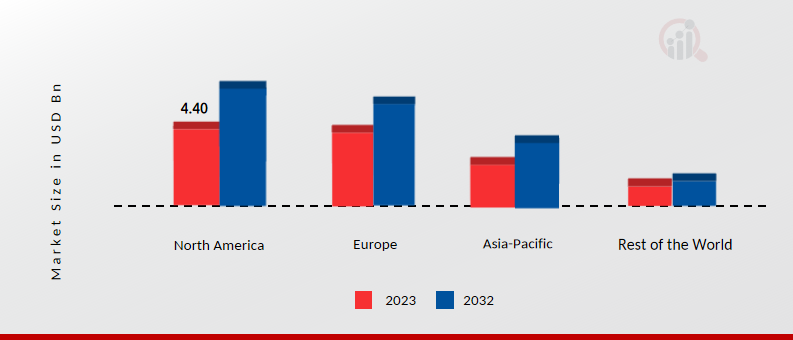Government Incentives and Regulations
Government incentives and regulations play a crucial role in shaping the Global Electric Mid- and Large (9-14m) Bus Market Industry. Various countries are implementing policies that promote the adoption of electric buses, including tax credits, grants, and subsidies for manufacturers and operators. For example, the European Union has set ambitious targets for reducing carbon emissions, which encourages municipalities to invest in electric bus fleets. These regulatory frameworks not only facilitate market entry for electric buses but also enhance their competitiveness against conventional vehicles. Consequently, the market is expected to grow significantly, with projections indicating a value of 59.3 USD Billion by 2035.
Urbanization and Public Transport Needs
Urbanization is a significant driver of the Global Electric Mid- and Large (9-14m) Bus Market Industry. As cities expand and populations grow, the demand for efficient public transport solutions intensifies. Electric buses offer a sustainable alternative to meet the increasing transit needs of urban populations. For instance, cities in Asia and Europe are investing heavily in electric bus fleets to alleviate congestion and reduce pollution. This trend is expected to continue, with urban areas increasingly adopting electric buses as part of their public transport strategies. The market's expansion is indicative of the broader shift towards sustainable urban mobility solutions.
Rising Fuel Prices and Operational Costs
Rising fuel prices and operational costs are compelling transit authorities to consider electric buses within the Global Electric Mid- and Large (9-14m) Bus Market Industry. As fossil fuel prices fluctuate, the cost-effectiveness of electric buses becomes more pronounced. Electric buses typically have lower operating costs due to reduced fuel expenses and maintenance requirements. For example, the total cost of ownership for electric buses can be significantly lower than that of diesel buses over their lifespan. This economic advantage is prompting more public transport operators to transition to electric fleets, thereby accelerating market growth.
Growing Demand for Sustainable Transportation
The Global Electric Mid- and Large (9-14m) Bus Market Industry is experiencing a surge in demand for sustainable transportation solutions. Governments worldwide are increasingly prioritizing environmental sustainability, leading to the adoption of electric buses as a viable alternative to traditional diesel buses. For instance, cities like Los Angeles and London have committed to transitioning their public transport fleets to electric by 2030. This shift not only aims to reduce greenhouse gas emissions but also to improve urban air quality. As a result, the market is projected to reach 11.3 USD Billion in 2024, reflecting the growing emphasis on eco-friendly public transport options.
Technological Advancements in Battery Technology
Technological advancements in battery technology are pivotal for the Global Electric Mid- and Large (9-14m) Bus Market Industry. Innovations in lithium-ion batteries and the development of solid-state batteries are enhancing the efficiency, range, and charging times of electric buses. For instance, improvements in energy density allow electric buses to travel longer distances on a single charge, making them more appealing to transit authorities. Additionally, rapid charging technologies are reducing downtime, further increasing operational efficiency. These advancements are likely to drive market growth, contributing to a compound annual growth rate of 16.24% from 2025 to 2035.


















Leave a Comment